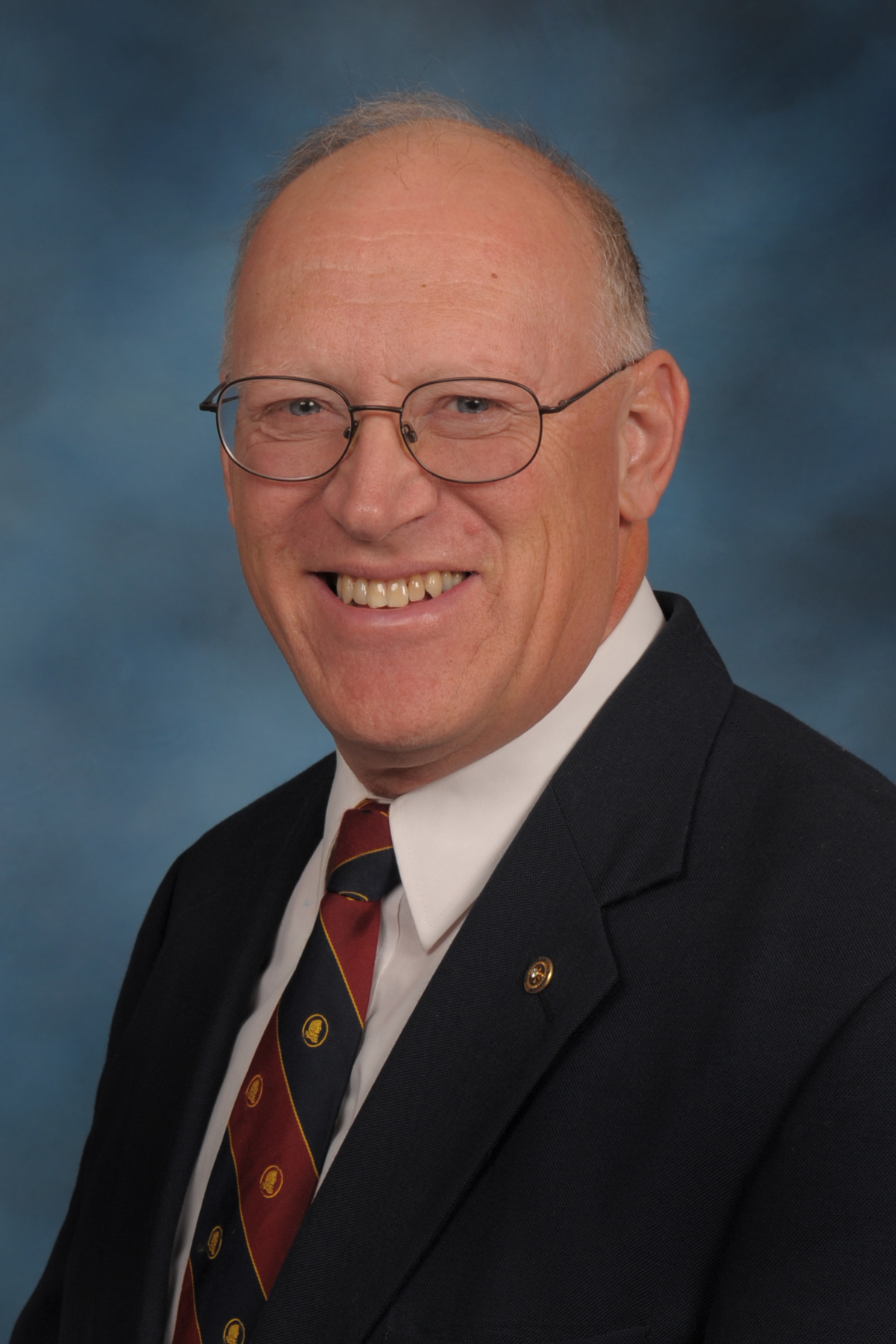Have you ever looked for arrowheads in a field? Today in Kansas Profile, we’ll learn about a different kind of arrowhead, but it is still in a field – in fact, it’s working very effectively in various farm fields.
Last week we learned about Alan VanNahmen who created the Farm Buddy company to help farmers commercialize their equipment innovations. One of his current projects, called the ARRO Head Harvesting System, involves farmers in southwest Kansas.
Randy Burns is field operations manager for the ARRO Head Harvesting System. He has a compelling life story to tell. Randy grew up at the rural community of Cimarron, population 2,236 people. Now, that’s rural.
Randy married his high school sweetheart who became a nurse. He became a custom cutter during harvest time. Randy and his wife had a son and two daughters, one of whom married a leading local farmer named Kyle Kopper.
For 30 years, Randy and his father custom cut together. Then came July 3, 2010. Randy was harvesting in western Kansas when suddenly his leg was crushed underneath a grain cart. Tendons were exposed and the main artery was severed. “I figured I should call my wife and family and tell `em I love `em,” Randy said. “I was about to pass out when I thought to myself, `You’ve preached all your life about being tough. Don’t give up.’”
Randy was rushed to a local hospital where his condition was stabilized. Then he was helicoptered to Denver.
The doctors told Randy they would need to amputate the leg. Rebuilding it would have uncertain results and might require 20 to 25 surgeries. Randy said, “Hey, I’ve got to cut corn in a couple of months. If we need to take it off, let’s do it.” Since the next day was the Fourth of July when all the doctors had the day off, they decided to do the operation on the Fifth.
On July 5, Randy signed the paperwork to authorize the amputation. Then the doctors found that, amazingly, Randy could still wiggle his toes. When Randy awoke from surgery, he found his leg was still there. The surgeons had reconnected tendons and veins. The leg was saved.
One month later, Randy was in a combine cutting barley in Colorado. He used crutches and pulled himself up into the cab of the combine. That year he was able to cut 4,000 acres of corn. In the end, only five surgeries were required.
After the accident, Randy went to work on the farm of his son-in-law, Kyle Kopper. There, Randy and the Koppers met combine consultant Alan VanNahmen who had come to help with harvest. They needed a new and improved system for harvesting grain sorghum. They wanted to convert the combine’s corn harvesting attachment, called a corn head, so it could harvest grain sorghum more effectively.
They designed such a system and it worked so well they decided to market it. They called it Alternate Rotary Rowcrop Option, or A-R-R-O – ARRO for short. “Randy is a big Kansas City Chiefs fan, so he liked calling it ARRO Head,” Alan VanNahmen said.
The ARRO Head offers more reliability, the ability to pick up down or lodged crops, greater control of cutting height, and does not require permanent modification of the corn head. They are now building kits which can be used by farmers or equipment dealers to convert corn heads. They plan to test this innovative design on various models during the harvest in South America, which is off-season from the harvest in the U.S.
Be watching for more information about the ARRO Head Harvesting System.
Have you ever looked for arrowheads in a field? Today we’ve learned about a different kind of arrowhead, the ARRO Head system which can be used to convert corn heads to harvest grain sorghum and other crops. We commend Alan VanNahmen, Kyle Kopper and Randy Burns for making a difference with their agricultural innovation. We especially salute Randy for his courage and resilience.
“I’m fine now,” Randy said. “Compared to what some people have gone through, this is nothing.” That type of attitude is good to find.
